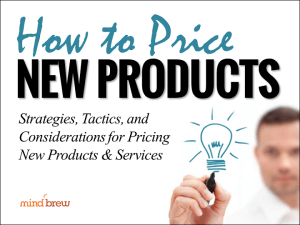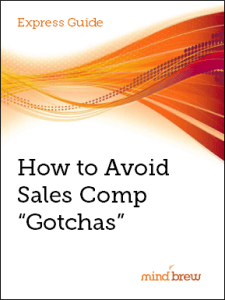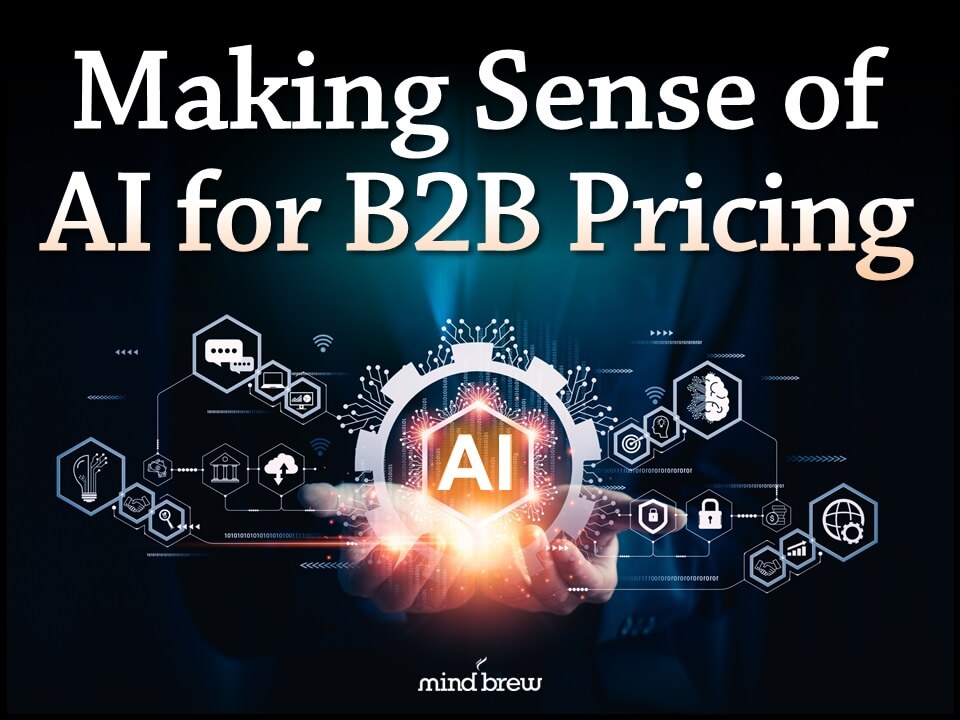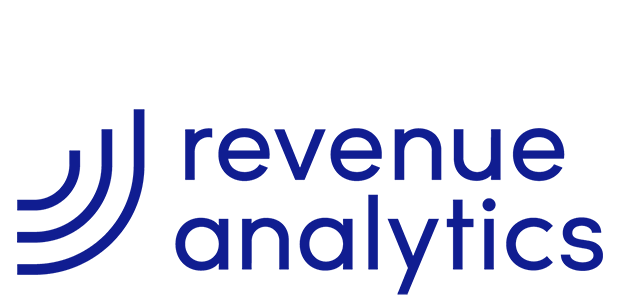The term “optimization” is widely used in the pricing field to describe applications that set prices. With so much use, the definition of what optimal truly means has become nearly as convoluted and murky as the term “Big Data.”
Put simply: Optimization is a decision-making process that employs data, algorithms and software to make recommendations better and faster than humans. By examining all possible choices, it predicts the outcome of each, and selects the one which maximizes business results. When applied to pricing, it examines all possible price choices, predicts the revenue and profit outcome of each and selects the one that maximizes business objectives.
But, Optimization is not about just using automation to make decisions faster or just using data to make better decisions. The purpose of optimization is to find the set of inputs that lead to the maximum output. In other words, find the prices that are likely to result in the best revenue or margin outcomes for each part of your business. The goal is not just to have different prices, it’s to hit certain revenue and margin targets, using price as a lever.
In order to predict the revenue and margin outcome, you have to know how different customers will react to price changes across various circumstances, which requires knowledge of price elasticity. Price elasticity is the single most-important factor in setting profitable prices while keeping revenue risk to a minimum. If you don’t understand price elasticity for a given customer segment, you risk leaving money on the table or losing profitable sales.
Most B2B companies do not use price elasticity to set prices because they assume they can’t. Instead, these companies rely on backward-looking analytics or statistical distributions of prices. It’s been a long-held belief that price elasticity is impossible to calculate in a B2B selling environment. That’s simply not true. It is possible to measure how market segments respond to price changes and thus optimize outcomes.
The data needed to take a scientific approach to price optimization already exists. It’s readily available transaction data — the customer, product and order data that every company captures in the course of doing business. From that data, you can segment customers into small groups that have similar price response and measure the price elasticity on an ongoing basis for each segment.
Taking a surgical approach to pricing, or actually optimizing prices by measuring price elasticity, will have a dramatic impact on profitability while minimizing risk and improving responsiveness to market dynamics.













